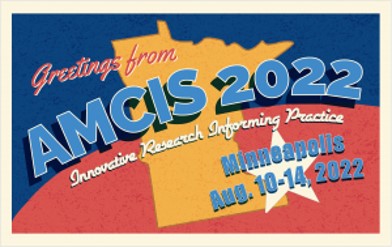The introduction, use and maintenance of enterprise systems (ES) require a significant investment of organizational energy and resources. As such, ES represent the largest IS investment organizations are likely to make. Many organizations are now upgrading, replacing, or extending their original ES. Early versions of ES provided back office functionality that integrated a range of internal business processes, whereas modern ES have evolved to include support for a variety of front office and inter-organizational activities and processes, such as customer relationship management (CRM), human capital management (HCM), and supply chain management (SCM). The design of such large integrated systems represents a major technical challenge, requiring new ways of thinking about business processes, system development, and enterprise architecture.
Because of both their size and their integrated nature, ES are difficult to implement, and are associated with a variety of organizational changes. Organizations expect, but unfortunately do not always realize, significant benefits from their sizable investments in ES. Because of the importance of ES in organizations, educators continue to explore approaches for introducing ES into IS and other business curricula. As such this track will investigate issues to pertaining large-scale systems adoption, implementation, and integration, academic, and practice-based case studies on ES best practices, interdisciplinary concerns with specialized ES in areas such as healthcare and supply chain management, emerging delivery models, and enterprise and business architecture.
Track Chairs:
Renée Pratt, Auburn University, rpratt@auburn.edu
Randy V Bradley, The University of Tennessee, rbradley@utk.edu
Schedule
| 2022 |
| Wednesday, August 10th |
|
12:00 AM
|
Innovative Use of EKRs by Older Workers: The Mediating Role of Job Crafting
saeed amirabdolahian, hec montreal
Stefan Tams, HEC Montreal
Guy Paré, HEC Montréal
12:00 AM
|
| 12:00 AM |
Respecifying DeLone and McLean Information Systems Success Model for Measuring ERP System Post-implementation Success
Tigist Mekonnen, Addis Ababa University
Lemma Lessa, Addis Ababa University
Solomon Negash, Kennesaw State University
12:00 AM
|
| 12:00 AM |
Towards Augmented MDM: Overview of Design and Function Areas – A Literature Review
Hendrik Roth, Heilbronn University of Applied Sciences
Simon Paul Mönch, Heilbronn University of Applied Sciences
Thomas Schäffer, Hochschule Heilbronn
12:00 AM
|
| 12:00 AM |
When Blockchain Meets CRM: An Evaluation of Enterprise CRM Vendor Blockchain Capabilities
Seth J. Kinnett, DePaul University
Saeed Abooleet, DePaul University
12:00 AM
|


